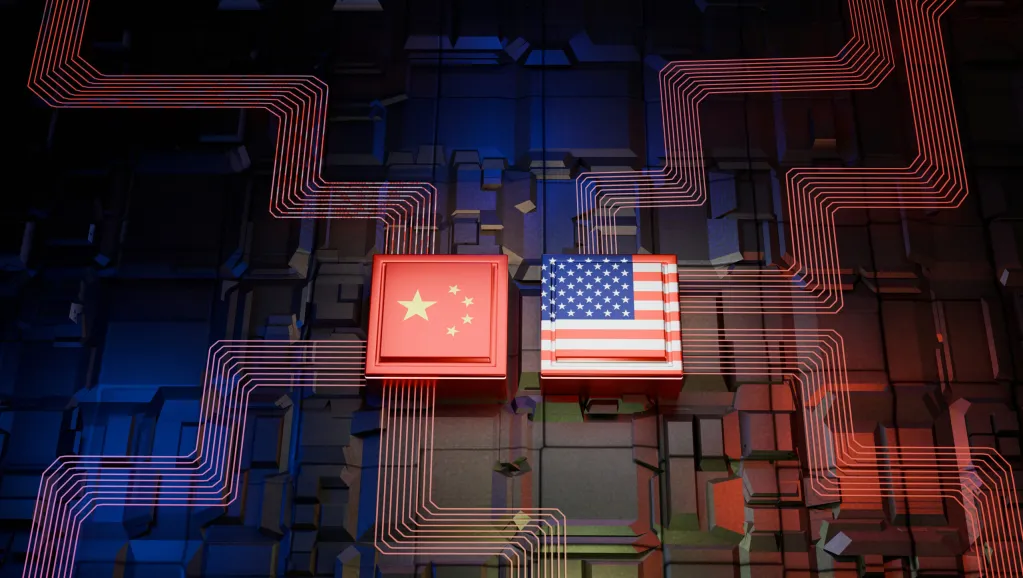China has recently gained a significant lead over the US in open-source AI models, a shift that is capturing global attention and reshaping the AI landscape.
Table of Contents
The Current State of Open-Source AI Leadership
Chinese companies are now at the forefront of publicly accessible AI models, with models like DeepSeek, Alibaba’s Qwen, Moonshot AI, and Z.ai leading the global open-source AI ecosystem. These models have achieved comparable or superior performance to US counterparts, especially in image, video generation, and reasoning tasks, often at lower training costs.
Factors Driving China’s Dominance
China’s strategy emphasizes rapid development, frequent updates, and open access, which has fostered an extensive ecosystem of collaborative innovation. The Chinese government actively encourages open-source projects as a strategic move to establish technological independence and global influence in AI. This approach has led to Chinese models being more sophisticated locally and gaining higher adoption among developers worldwide.
Impact on the US and Global AI Ecosystem
The rise of Chinese open-source models presents challenges for US companies that traditionally kept their models proprietary, risking loss of market share and influence. American policymakers and tech industry leaders are now responding by promoting their open models and investing in foundational AI research. Nonetheless, experts caution that the technological gap, especially in open ecosystems, may be hard to bridge swiftly.
Geopolitical and Economic Implications
China’s open-source AI ecosystem is poised to influence scientific research, standard-setting, and commercial applications globally. Its vigorous push for open models—coupled with substantial investments in data and hardware—could lead to a sustained dominance in AI performance, adoption, and innovation in the coming years.
In summary, China’s strategic prioritization of open-source AI models has allowed it to surpass the US in publicly accessible AI offerings, positioning China as a leader in this critical component of the AI race as of October 2025.
FAQs
Q1: How is China leading the US in open source AI models?
China has developed and released more open source AI models with competitive performance and frequent updates, supported by government initiatives encouraging open access and innovation.
Q2: What are some prominent Chinese open source AI models?
Leading Chinese open source AI models include DeepSeek, Alibaba’s Qwen, Moonshot AI, and Z.ai, which excel in image generation, video, and reasoning tasks.
Q3: Why is open source AI important in the global AI race?
Open source AI allows broader collaboration, faster innovation, and widespread adoption, making it a strategic asset for technological leadership and influence.
Q4: What challenges does the US face due to China’s lead in open source AI?
US companies risk losing influence and market share as Chinese models grow in sophistication and adoption. There’s increased pressure to make US AI models more open and competitive.
Q5: How might China’s lead in open source AI impact the global tech ecosystem?
It could shift scientific research, commercial standards, and technology adoption towards Chinese models, reinforcing China’s position in the AI economy and innovation landscape.












